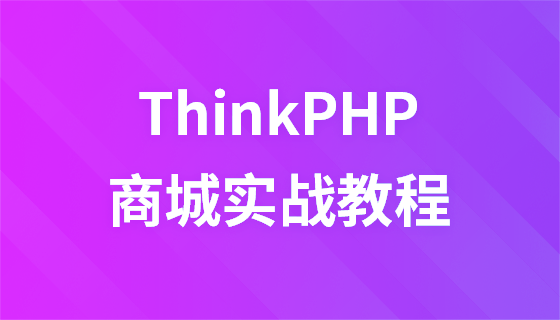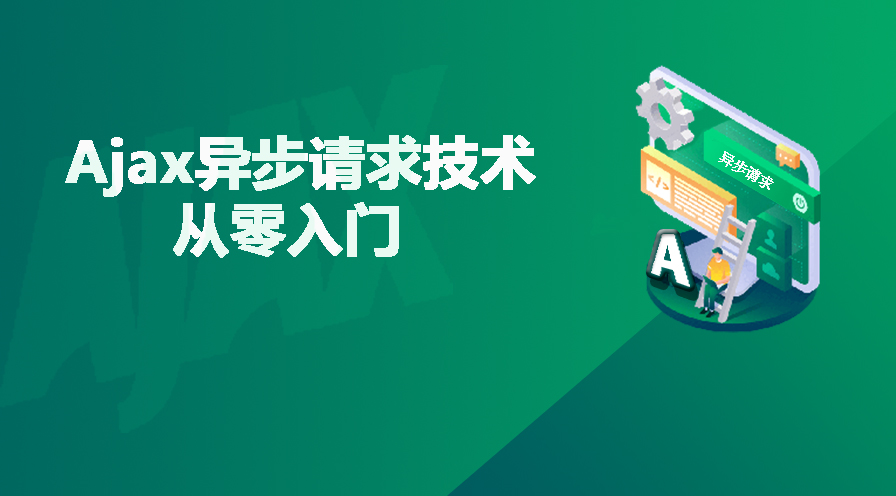本文恩主要为大家详细介绍了vue路由嵌套的spa实现步骤,具有一定的参考价值,感兴趣的小伙伴们可以参考一下,希望能帮助到大家。
本文为大家分享了路由嵌套的SPA实现的步骤:
A(/a)组件需要嵌套B组件(/b)和C组件(/c)
①准备嵌套其它组价的父组件 指定一个容器
在A组件指定一个容器
<router-view></router-ivew>
立即学习“前端免费学习笔记(深入)”;
②在A组件的路由配置对象中指定children属性
{
path:'/a',
component:A,
children:[
{path:'/b',component:B},
{path:'/c',component:C},
]
}
补充:
//数字如果超出记录的次数,是不行的。
this.$router.go(num);
如果num是正数,向前进
如果num是负数,向后退
代码
<!doctype html>
<html>
<head>
<meta charset="UTF-8">
<title>路由嵌套</title>
<script src="js/vue.js"></script>
<script src="js/vue-router.js"></script>
</head>
<body>
<p id="container">
<p>{{msg}}</p>
<router-view></router-view>
</p>
<script>
//登录组件
var myLogin = Vue.component("login",{
template:`
<p>
<h1>登录组件</h1>
<router-link to="/mail">登录</router-link>
</p>
`
})
// 邮箱页面
var myMail = Vue.component("mail",{
// 定义一个返回的方法
methods:{
goBack:function(){
this.$router.go(-1);
}
},
template:`
<p>
<h1>邮箱主页面</h1>
<ul>
<li>
<router-link to="/inbox">收件箱</router-link>
</li>
<li>
<router-link to="/outbox">发件箱</router-link>
</li>
</ul>
// 点击按钮返回前面的页面
<button @click="goBack">返回</button>
<router-view></router-view>
</p>
`
// 指定一个容器,加载收件箱或收件箱的列表
})
// 收件箱组件
var myInBox = Vue.component("inbox-component",{
template:`
<p>
<h4>收件箱</h4>
<ul>
<li>未读邮件1</li>
<li>未读邮件2</li>
<li>未读邮件3</li>
</ul>
</p>
`
})
// 发件箱组件
var myOutBox = Vue.component("outbox-component",{
template:`
<p>
<h4>发件箱</h4>
<ul>
<li>已发送邮件1</li>
<li>已发送邮件2</li>
<li>已发送邮件3</li>
</ul>
</p>
`
})
//配置路由词典
new Vue({
router:new VueRouter({
routes:[
{path:'',redirect:'/login'},
{path:'/login',component:myLogin},
{path:'/mail',component:myMail,children:[
{path:'/inbox',component:myInBox},
{path:'/outbox',component:myOutBox}
]},
]
}),
el:"#container",
data:{
msg:"Hello VueJs"
}
})
//通过再次指定一个<router-view></router-view>和children:[]
</script>
</body>
</html>相关推荐:
以上就是详解vue路由嵌套的SPA实现步骤的详细内容,更多请关注php中文网其它相关文章!




Copyright 2014-2025 https://www.php.cn/ All Rights Reserved | php.cn | 湘ICP备2023035733号